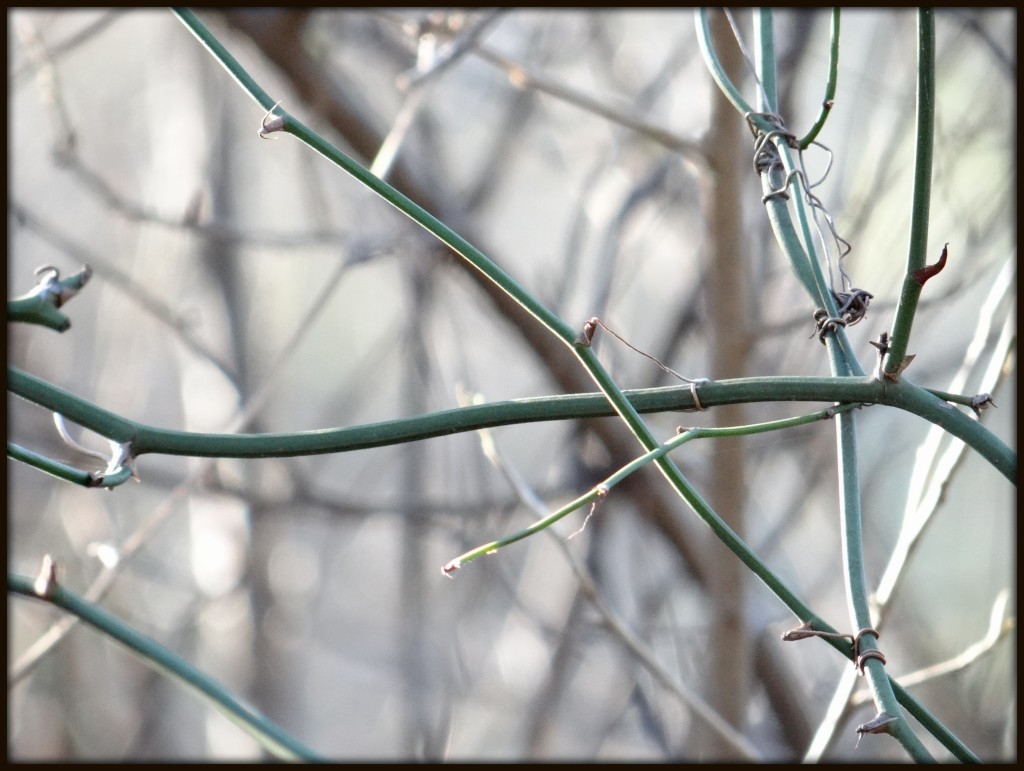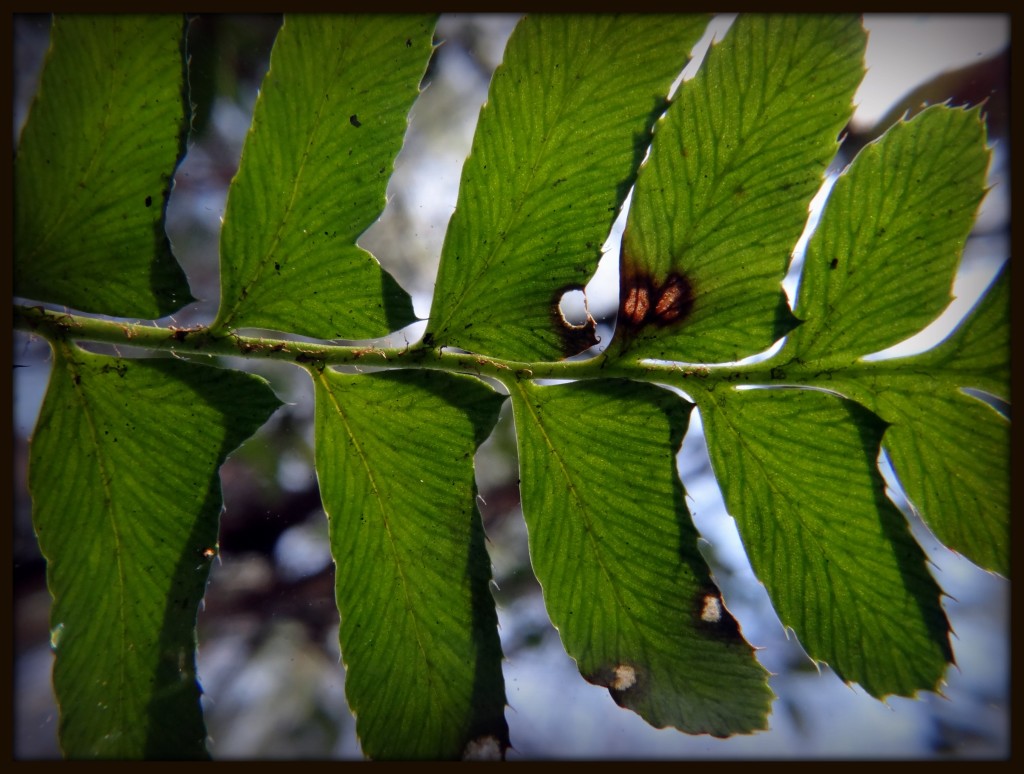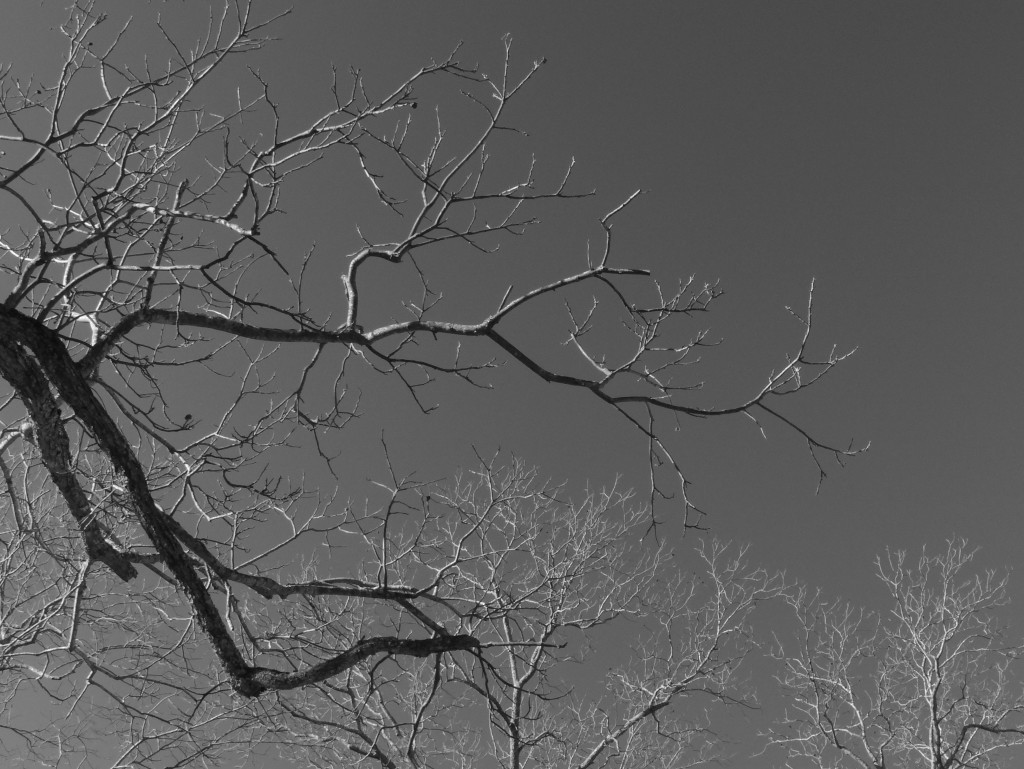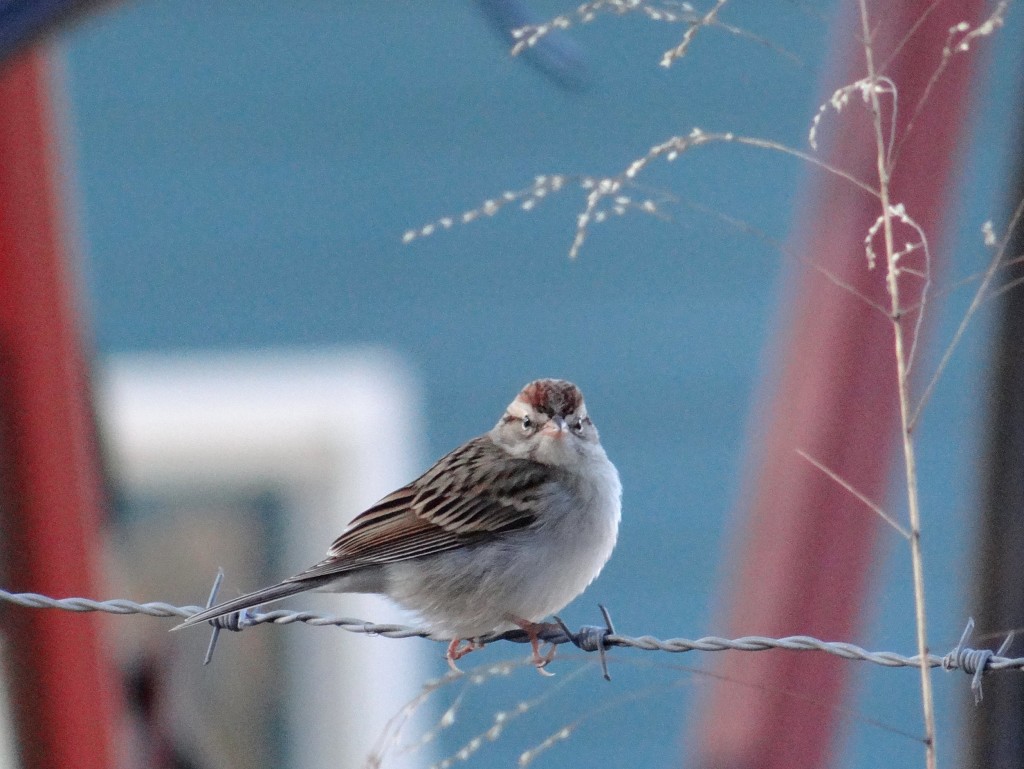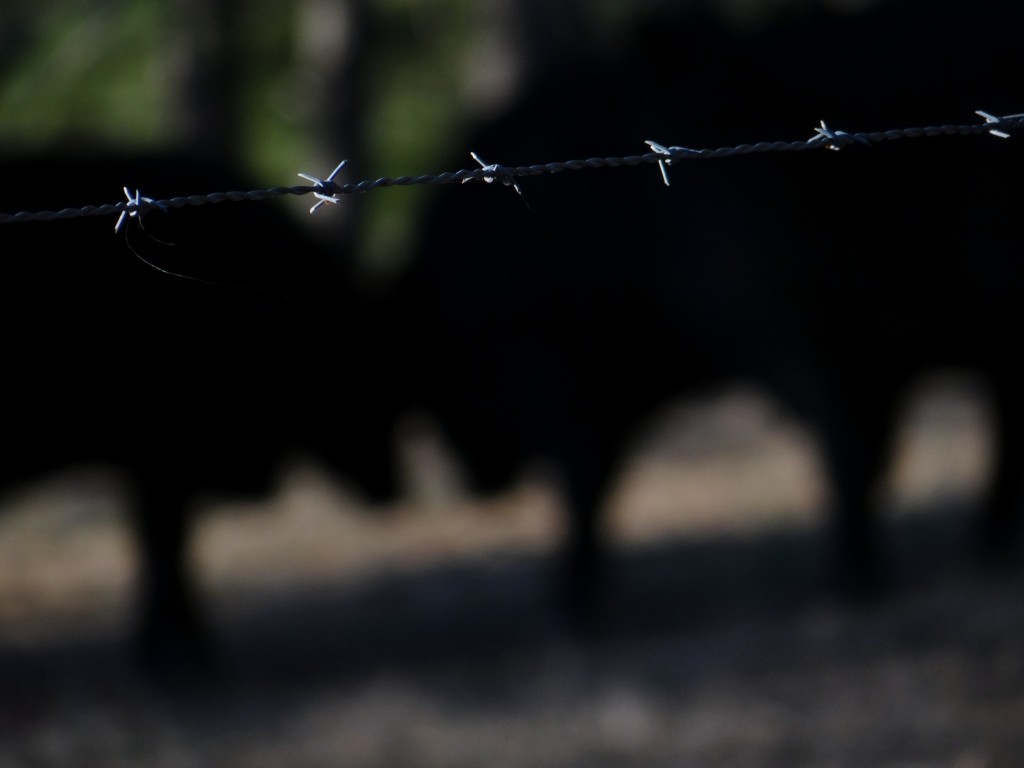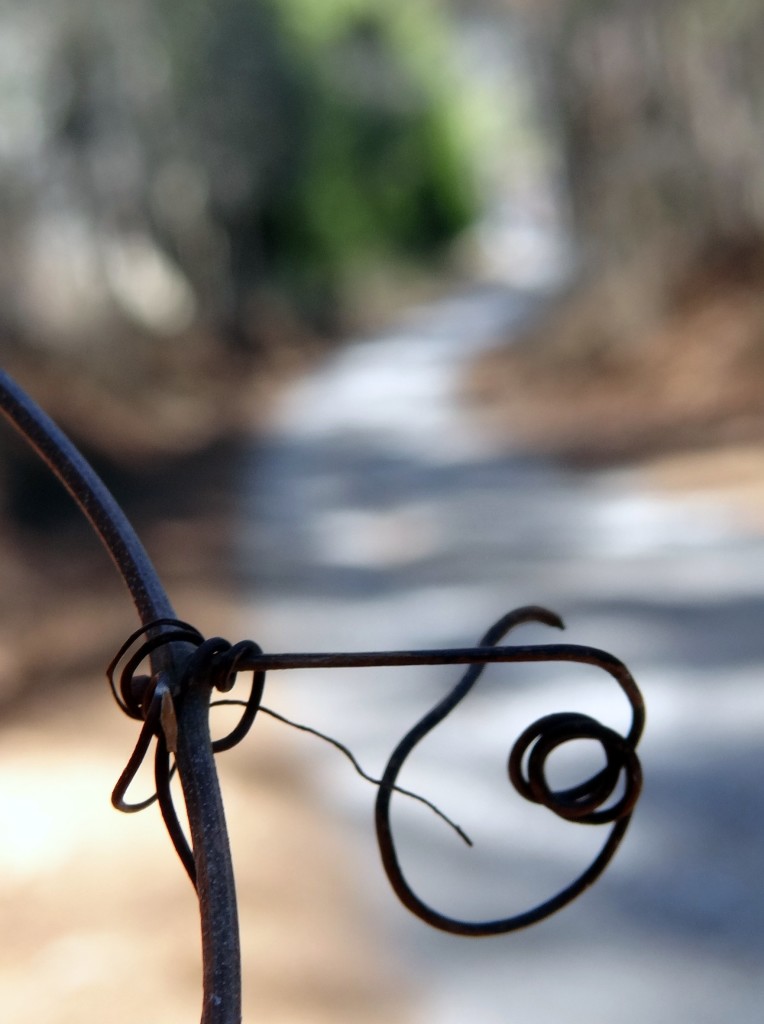
Lichens are true oddities of the natural world. They do not fit squarely into any botanical category, or, for that matter, kingdom of living things. They are composed of fungi and plants that are either collaborating in a symbiotic relationship or represent the successful enslavement of a member of one kingdom by a member of another. Are they “algae with space suits”, wrapped in the hyphae (threads) of fungi, and therefore capable of living in such inhospitable environments as bare rock faces? Or are the “fungi that have taken up farming”, using algae and cyanobacteria (“photobionts”) to produce their food so that they no longer need to work as decomposers? Either way, the result is an organism whose thallus (body) looks neither like an alga nor a fungus.
There is an impressive body of vocabulary words peculiar to lichens. One set of terms classifies lichens by the form that the lichen takes. Lichens that form crusts on rocks are crustose; ones that appear leafy are foliose; and those that have three-dimensional, shrubby forms are called fruticose. Another set of terms classifies lichens by where they are found: corticolous (on tree bark); saxicolous (on rock); terricolous (on bare earth); and even lichenicolous (on other lichens).
Then there are the terms for the fruiting bodies, all of which are best appreciated with a hand lens. These are important to be able to distingish (a task that is both an art and a science), because they play a significant role in lichen identification. Apothecia are shaped like cups or disks, and release fungal spores. Perithecia are also spore-bearing structures, but ones that are embedded within the lichen’s body, opening with pores. Isidia are fingerlike projections from a lichen which break off, enabling the lichen to reproduce vegetatively. Soralia are another means by which lichen can spread vegetatively. They are dusty patches on the surface of a lichen’s body that release fine particules of algae and fungal threads mixed together (called soralia). This list is not exhaustive. And there are even some lichens that have not been observed bearing fruiting bodies of any kind; biologists still do not know how they reproduce.
The oddest thing about lichens, though, might be that they can be found living almost anywhere, yet so few people stop to notice them. As long as you live where the air is relatively pollution-free (downtown Atlanta has a “lichen-free zone”), you will find them on rocks, tree branches, and disturbed soil. The best way to enter their world is on hands and knees, with a magnifying lens. Bring a child along, too. She will notice them before you do, and will explore their shapes and patterns with a sense of wonder that we adults would do well to emulate.
This article was originally published on April 5, 2010.

